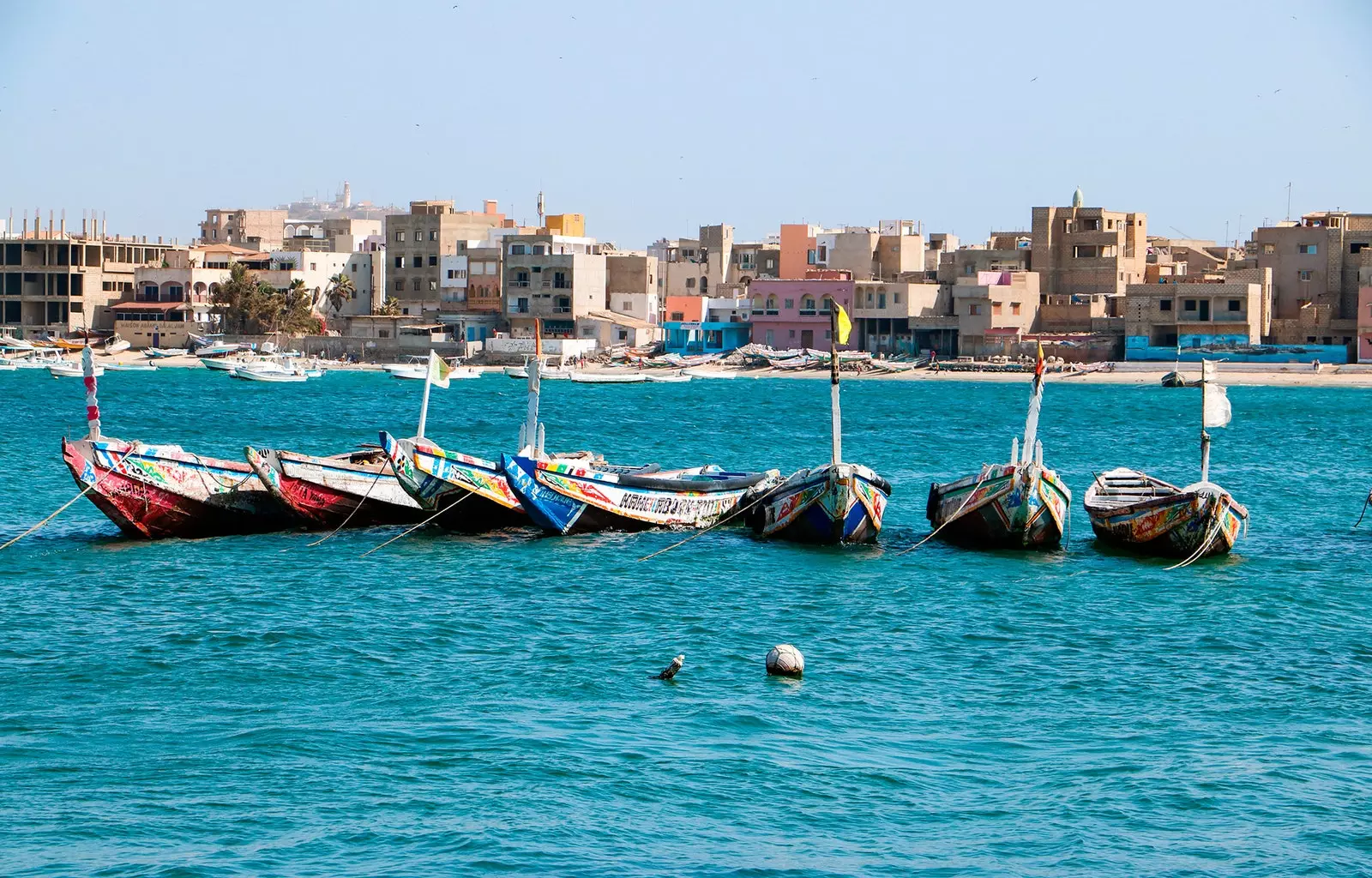
The neighborhood of Ngor, in Dakar, seen from the ocean
The sound of horns is incessant. The heat presses to more not to be able. The taxi driver who takes you to your accommodation, the one you have given him in writing on a piece of paper, has never heard of air conditioning in his life and lowers the window resignedly. You, what the hell, end up doing the same thing.
Traffic is the only thing you see and feel for now: the cars make up a mob without order or meaning in which everyone wants to arrive first. At all costs. Without any hurry.
The goats, counted by dozens -perhaps hundreds?- they also collapse what could be called, with a lot of imagination, the sidewalks. "But what is this?" You think then with your eyes about to pop out of their sockets.
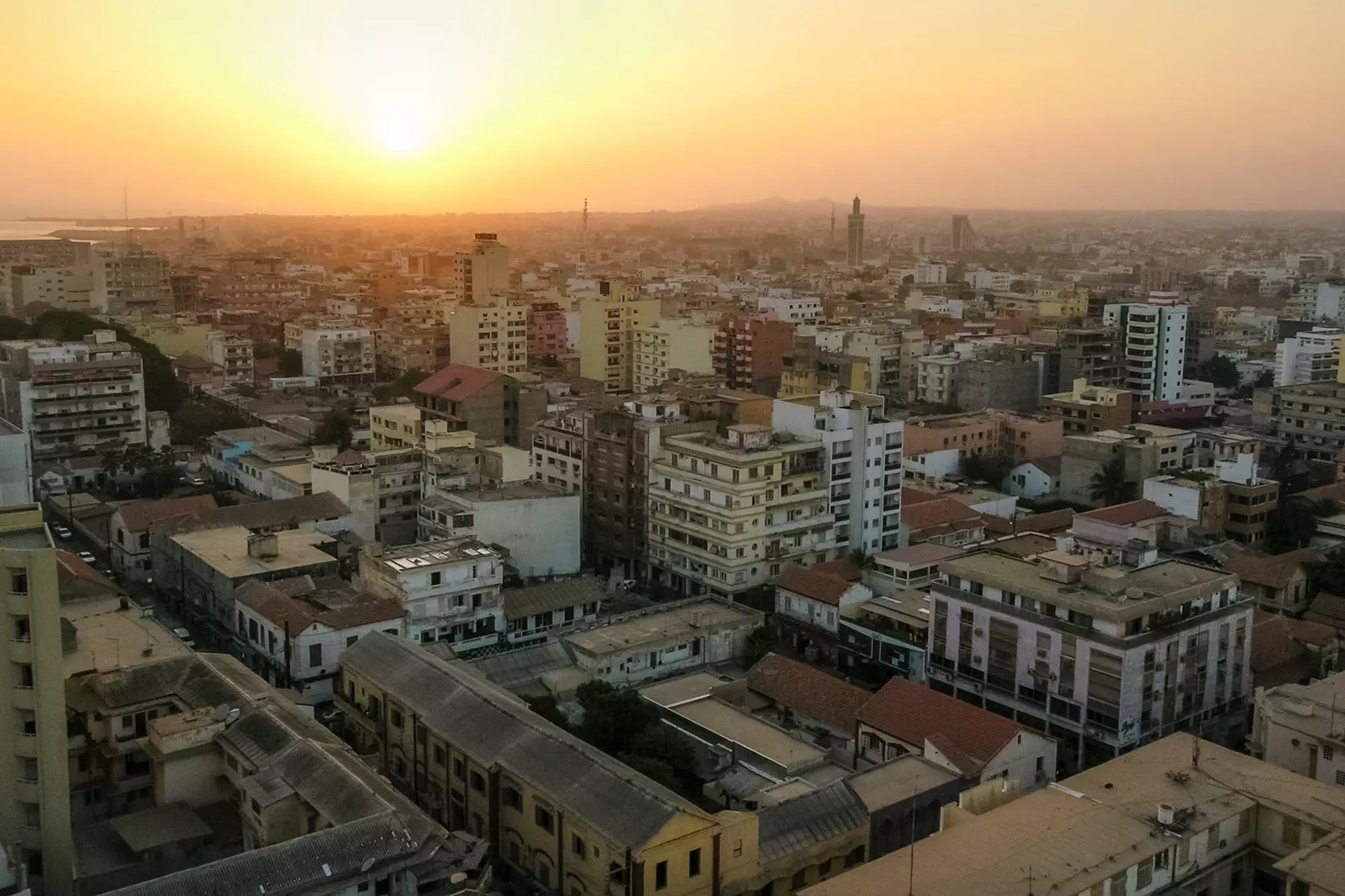
Don't let this calm deceive you, chaos is inside
Well this is Africa, dear. And you just landed in the capital of Senegal.
Despite of shock of arriving in a city of these characteristics, you surprise yourself when, after a few hours, you feel like Pedro around his house. The dirt that floods the streets, sinkholes in the middle of highways or noise ubiquitous become part of your new world with astonishing ease.
As soon as you exchange a couple of smiles with the locals , who greet you in a friendly way – after all, you are in the country of teranga, that is, of hospitality - you feel that everything is in order. At least for now.
Then it's time to get to know this fascinating city. But where to start? Don't worry, we'll tell you.
THE LIFE THAT VIBRATES IN THE MARKETS
It's clear :no or there is a more authentic place to understand how a city moves than its markets. And in the case of Africa, this statement makes perfect sense.
The point is that Dakar has an immense variety of them, but if there is one that detaches light, color and authenticity in abundance (it will be rare to find a tourist swarming around it), that is the one known as 'fabric market': the Marché des HLM.
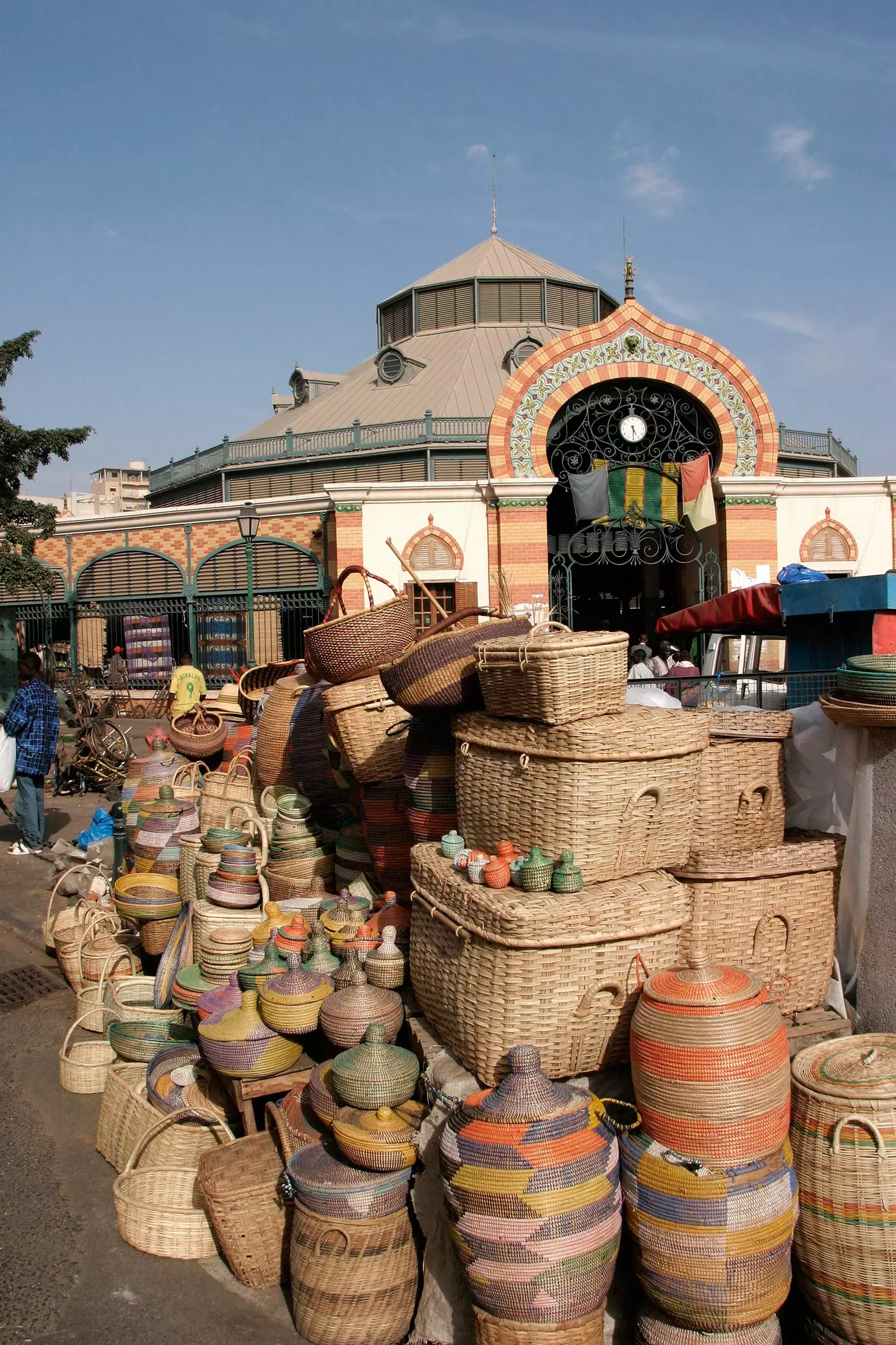
Marché Kermel, here you will find everything you want to take home
Spread out along some four long unpaved streets, the stalls are brimming with typically African colored and patterned fabrics -the bazin- at every step. People mill around the stalls, scrutinize the genre, buy and continue on their way, while you observe everything with the excited eyes of a Westerner.
Somewhat more popular with travelers is the famous Marché Kermel , in the center of the city: the ideal place to find all those local products to take you home with you. Wooden objects, masks, typical clothing or traditional paintings are just some of the objects for which it is worth deploy your haggling weapons and manage to agree on the most convenient price.
The danger here - apart from pickpockets - It will be how to know how to stop: If you are one of those who love shopping, you will have it complicated.
In the middle of the market, stands a beautiful circular building erected in 1860 -and faithfully rebuilt after suffering a fire in 1997- inside which there are even more stalls. On this occasion, dedicated above all to meats, fruits and vegetables.
The crucial moment will come, yes, when the call to prayer sounds in the neighboring mosque. At that moment everything stops: the owners of the stalls – dozens of them – kneel in a row next to the stalls and all that ritual that we are so used to seeing inside the mosques begins. This time, however, in the middle of the street.
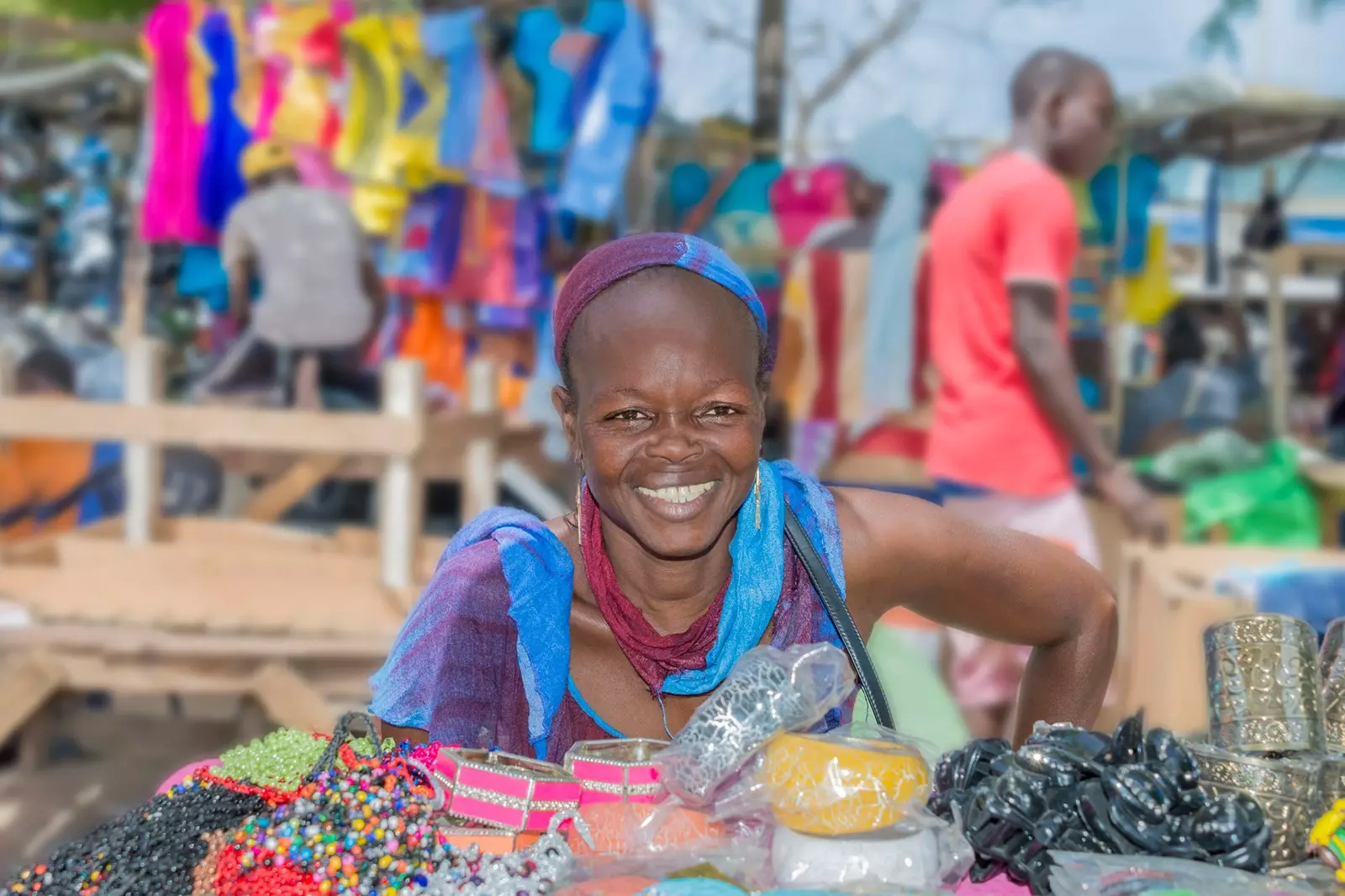
Shop assistant in Sandaga market
Just a five-minute walk away is the central Independence Square: a dilapidated esplanade where locals gather to chat and enjoy the simple pleasure of watching life go by, serves as city center.
Surrounded by colonial buildings that stand out among the most recently built -let's say, for example, the Chamber of Commerce-, of it start some of the most important avenues of the city, such as the Pompidou, which leads into another of the famous Senegalese markets, the Sandaga: the liveliest, the most central and in which absolutely anything is bought and sold.
Very close, by the way, is the port from where the ferries depart for the journey to the Goree Island, sadly known as 'Slave Island'.
They remained in it imprisoned a large part of those 20 million people who were later sold, shipped and taken in subhuman conditions to America, to suffer the cruelty of slavery. An excursion to learn about that horrible not-so-distant past is more than recommended.
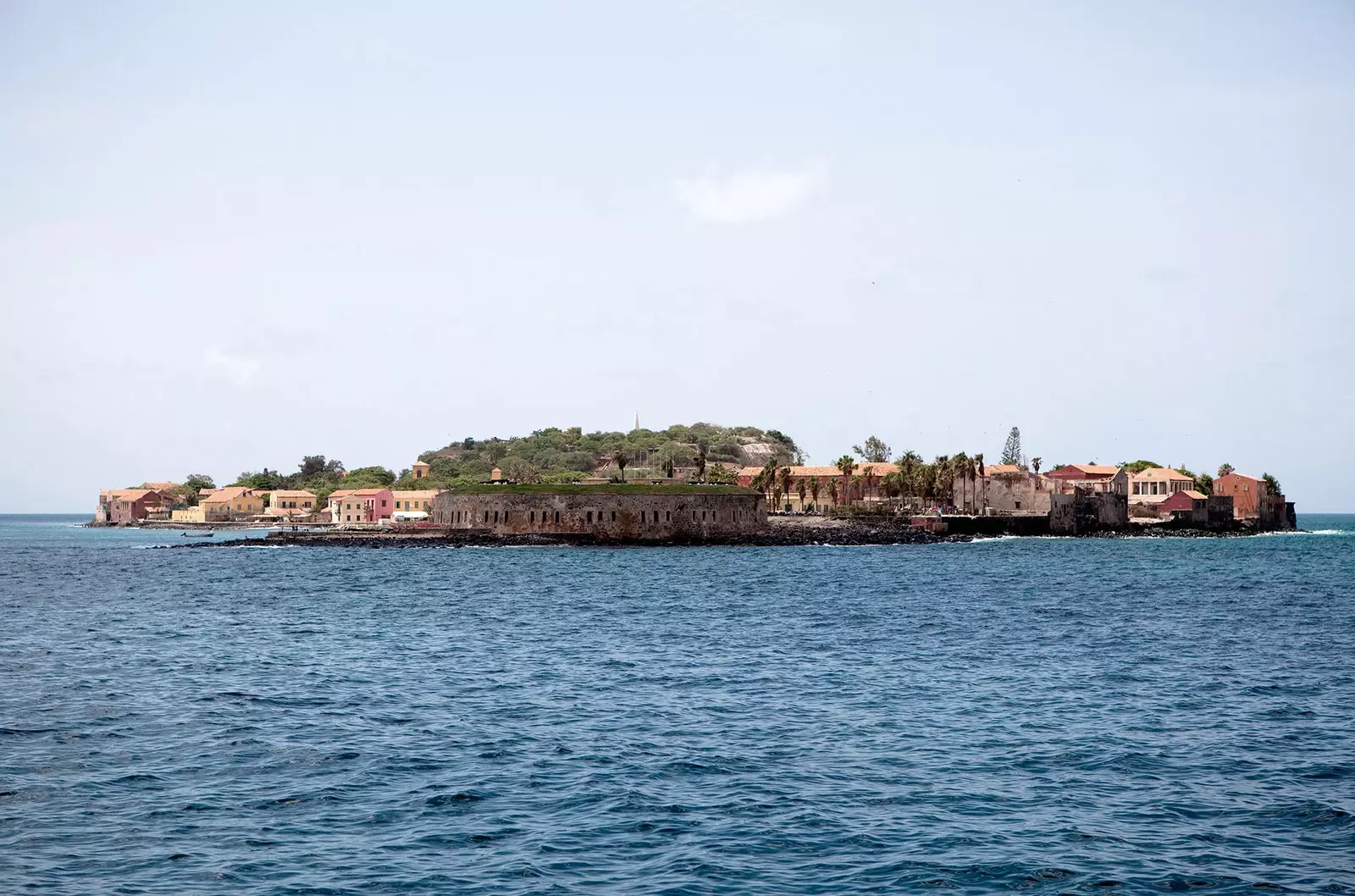
Goree Island
BETWEEN MURALS IN THE MEDINA
It is the oldest neighborhood in the city and in 2014 it celebrated its 100 years of history: when at the beginning of the 20th century the French governor, William Merlaud-Ponty, wanted to concentrate the entire black population of Dakar in one place, he chose this enclave very close to the sea located on the outskirts of the city.
Today, already completely immersed in the maelstrom of the capital and populated by small shops and street stalls, the Medina has probably become the most authentic neighborhood. And one of the reasons why this is so is because in it Africa is breathed at every step. Inside homes, but especially outside.
The fact that it is full of dilapidated houses of very small dimensions, inhabited in turn by large families, means that most of the days life unfolds from the outside: in the streets.
The clothes hanging, the stove that heats the food, the babies that crawl and the animals that coexist in harmony they make up only part of the picture that one finds when beginning to wander through its alleys. Here, yes, it may be better to keep the camera in the backpack: They'll probably feel a bit intimidated if they run into someone taking photos left and right.
And also abroad, another protagonist: the color. The one who paints life the walls of the houses in an initiative that started for the celebration of its 100 years of history and that has turned the Medina into an open-air museum. This neighborhood, which saw the birth of such popular characters as the singer Youssou N´Dour or the footballer El Hadji Malick sy Souris, also pays tribute to them the murals, reclaiming its roots in some way.
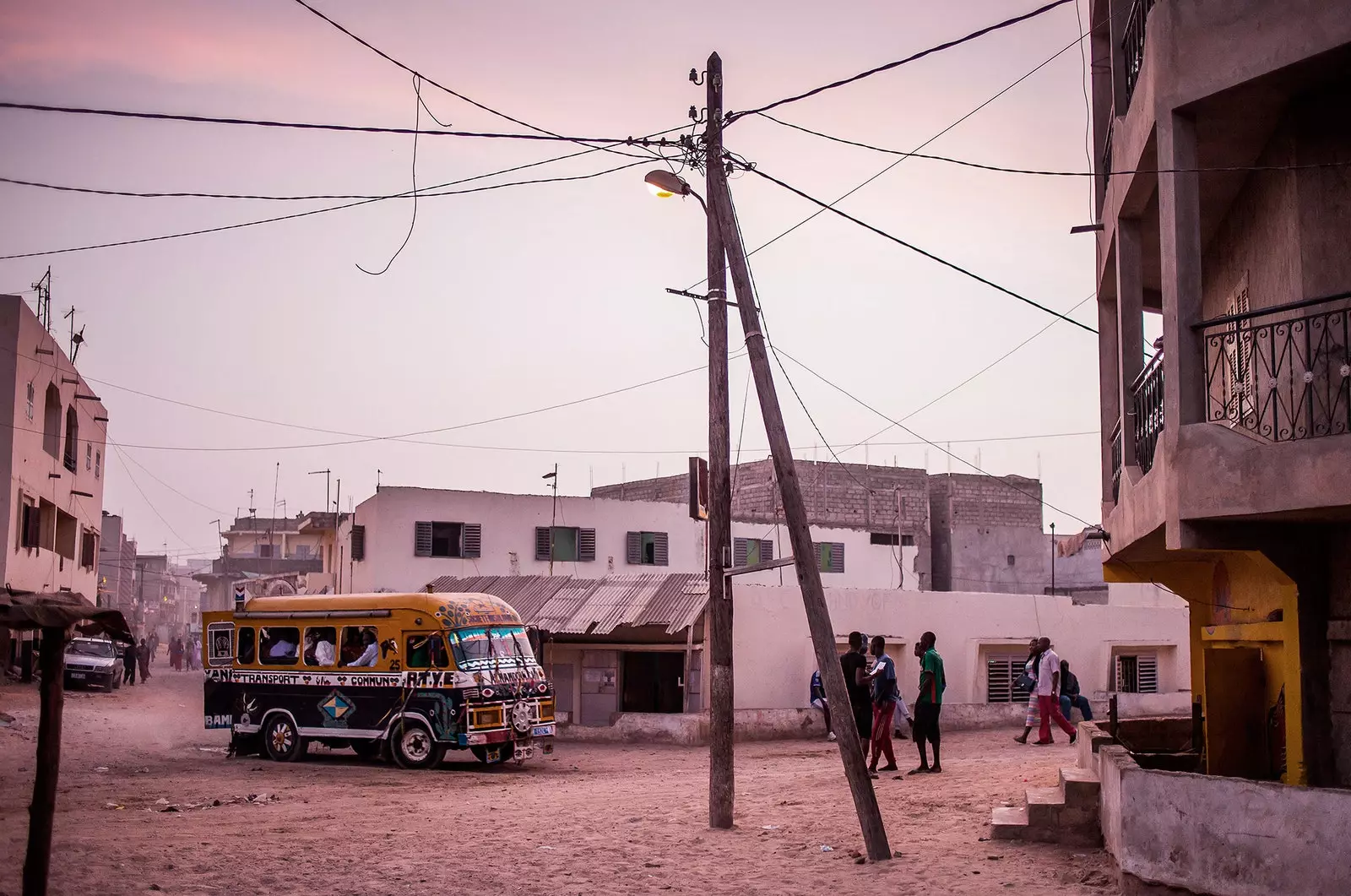
Neighborhood life in the Medina
going out to avenue Blaise Diagne, again chaos and bustle greet you. The colorful buses, these so typical and characteristic of Senegal known as car rapide, cry out for a photo.
A short walk will take you to the mythical ** Patisserie Médina ,** a small café that reaches its peak in the wee hours of the morning, but which is well worth going to, whatever the hour, to enjoy one of its exquisite croissants accompanied by a hot chocolate. Yes, believe us: even when it's hot, they taste like heaven.
If hunger strikes a little more, it is best to take a taxi, negotiate the route with him -essential- and enjoy a good lunch in a local restaurant. For example? In Chez Ndioufa either Chez Loutcha , both frequented by locals and without too much glamor but with a menu full of the most authentic flavors. A safe bet will be -in both cases- the famous yassa chicken So typical of Senegal.
THE MONUMENT OF DISCORD
The year 2010 brought with it the 50th Anniversary Of The Independence Of Senegal, but also something else: the immense monument that was designed to commemorate him and that would end up being on everyone's lips for not being, let's put it mildly, to the liking of a large majority.
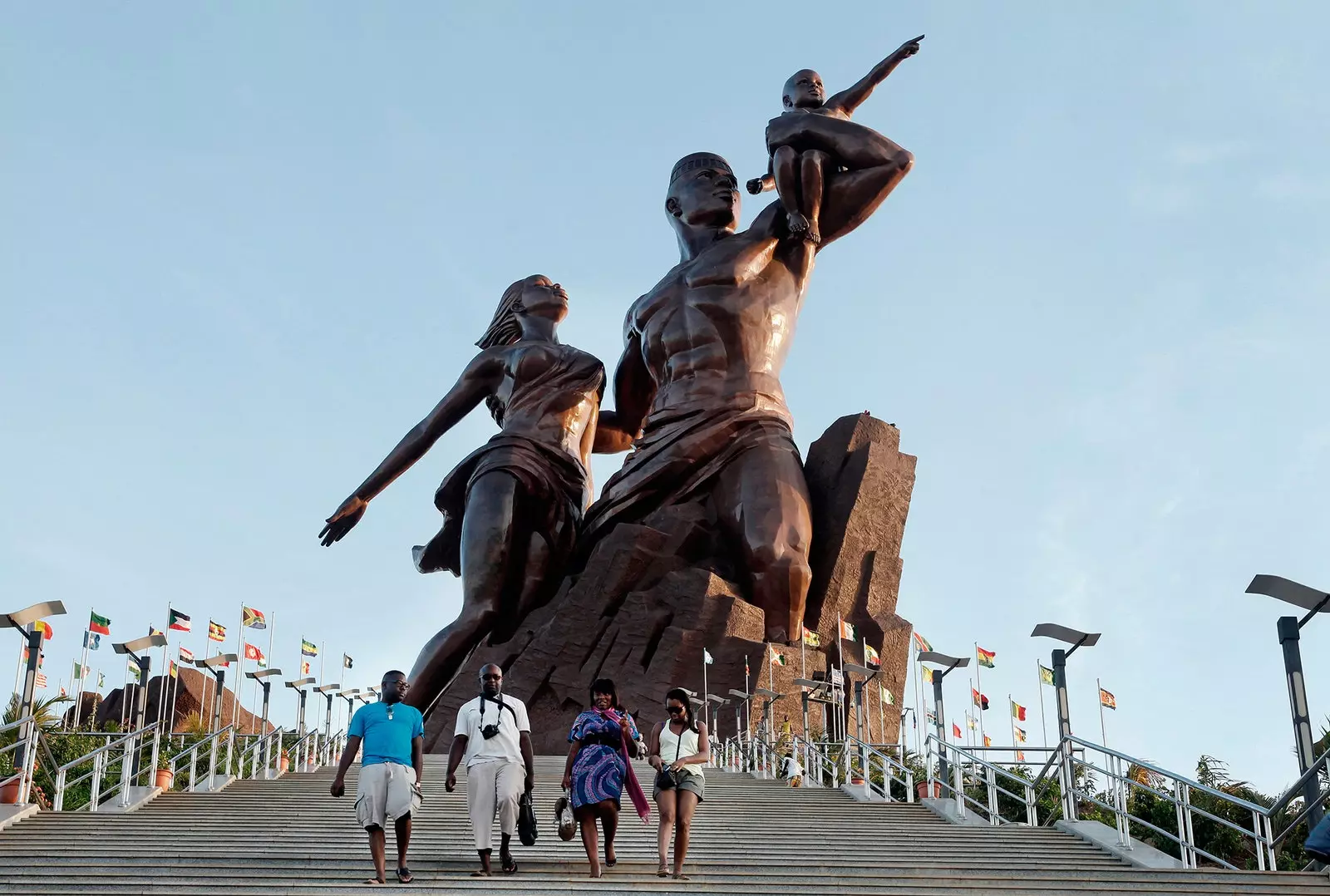
African Renaissance Monument
To get to this controversial enclave, take a taxi again -sorry, in this huge city of almost two and a half million inhabitants, that's what it takes- and ask the driver to take you to the African Renaissance Monument.
The path will probably lead you to discover an area where you haven't stopped until now: the Corniche of Dakar, an entire promenade facing the Atlantic in which what impresses, more than anything else, is the number of Senegalese who are concentrated in all its extension to play sports. At all hours and every day.
Once you reach the hill where the monument is located, take pleasure in admiring the immense bronze figure that represents a family made up of a woman, a man and a child, all of them looking and pointing towards the other side of the ocean, where their ancestors arrived as slaves: America.
Its dimensions? 49 meters high, no more no less. In fact, it is the largest monument in the entire African continent.
However, it was not the sculpture itself that caused such a stir in these parts -although the fact that they appear half-naked did not please some sectors-, but rather the story behind it: The monument cost a whopping 20 million euros and was designed by the then president of Senegal, Abdoulaye Wade, who made sure to receive 35% of the profits generated by the work.
Here you will have to reach the feet of the sculpture, from where you can admire all its grandeur. Of course, for this, prepare yourself for climb 198 steps. Nobody said it was easy!
DINING WITH WET FEET
You cannot leave the capital of Senegal without reserving a night for dinner in a very special place: in the area known as Pointe des Almades.
is found a bit far from the city center but surely you will appreciate the pleasure of isolating yourself from that chaotic madness that governs Dakar entirely. Here you will find the haven of peace you were looking for: a handful of restaurants on the beach where, at nightfall, the tables are set directly on the sand. Very local, very humble, but with a very, very special charm.
And it will be here with the only light of a lantern, with the sound of the waves –or the djembe of some spontaneous local- and with a good bowl of exquisite mussels on the table –the fish is also fantastically prepared, but the mussels are simply wonderful- where you realize that, inevitably and despite what you could imagine, you have fallen surrendered to the essence of the purest Africa.
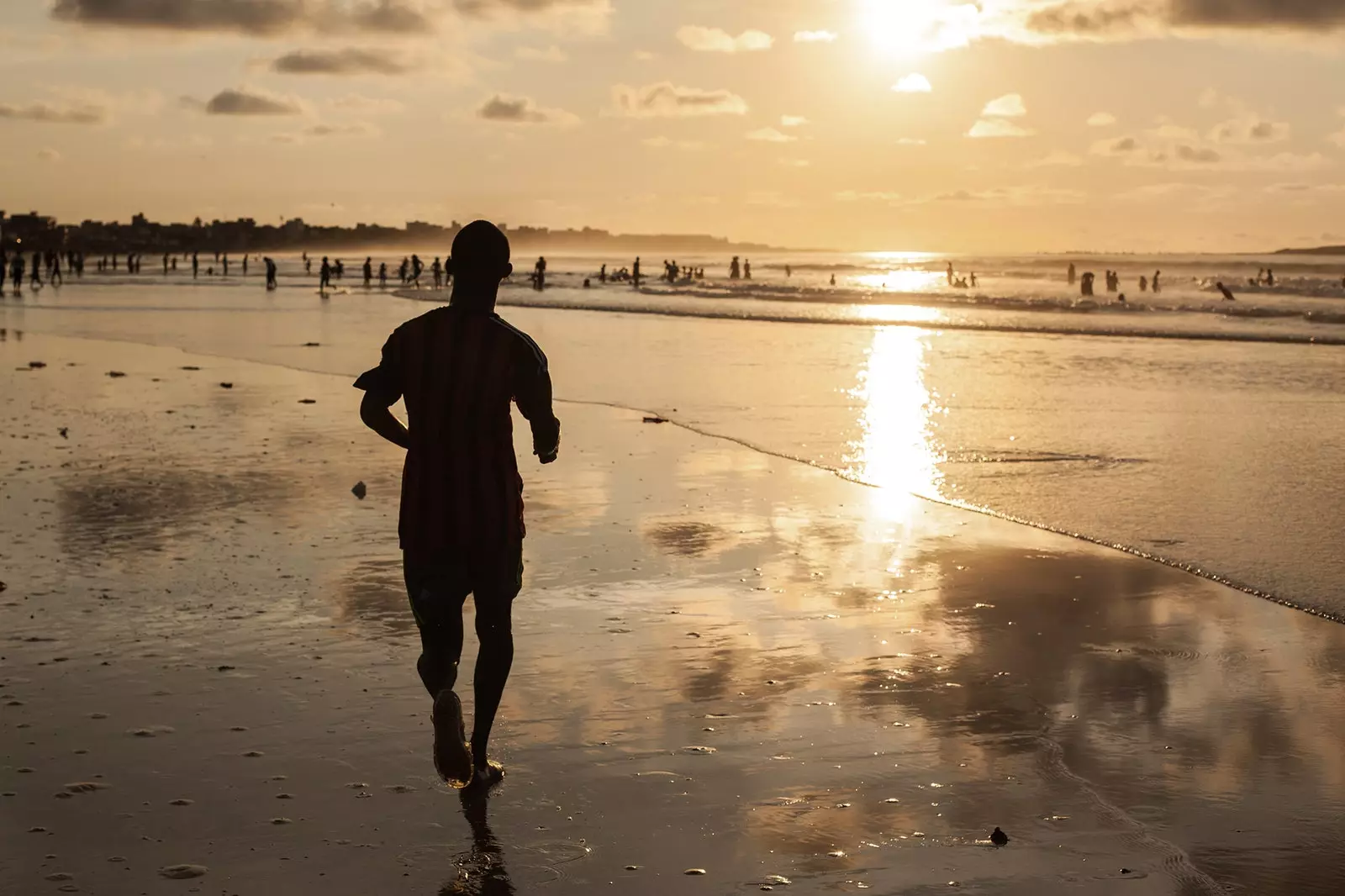
At this point, you will have fallen for the charms of Dakar
